Dash Snow I Love You Stupid!

Who Was Dash Snow?
Dash Snow was a New York-based artist who rose to prominence in the early 2000s. Known for his graffiti, photography, and collage work, Snow was a member of the IRAK crew—a graffiti collective known for its subversive take on street art. His life was an open book of chaos, creativity, and controversy. Snow’s works often delved into themes of rebellion, freedom, destruction, and the raw essence of human existence. His artistic journey was tragically cut short when he passed away at the age of 27 in 2009 due to a heroin overdose. Despite his short-lived career, Dash Snow left behind a legacy that continues to influence and inspire artists and creatives worldwide.
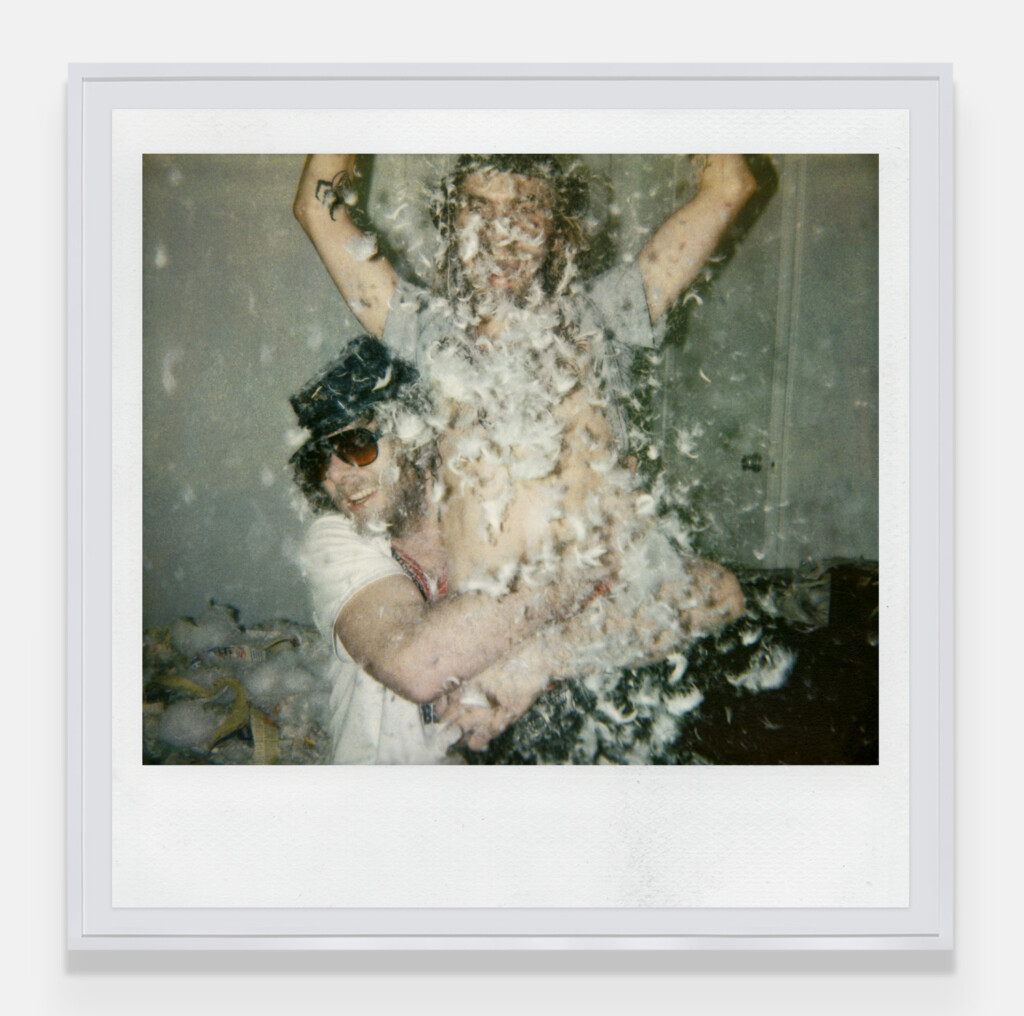
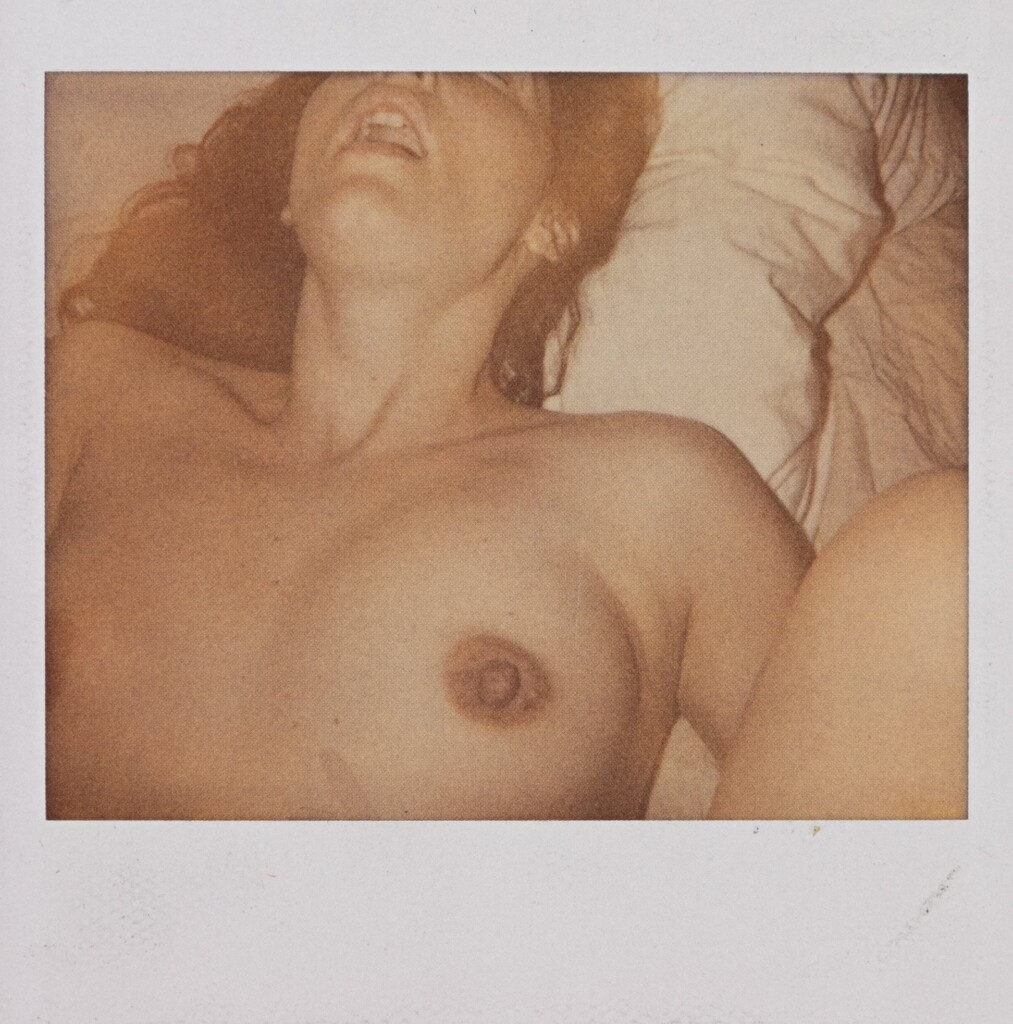
The Significance of Dash Snow: I Love You, Stupid
The book Dash Snow: I Love You, Stupid is not just another art book; it is a visual biography and a love letter to an artist who burned bright but fast. The title itself, “I Love You, Stupid,” reflects the paradoxical nature of Dash Snow—his passion, his recklessness, and his vulnerability. The book features over 400 pages of photographs, personal notes, collages, and writings that provide an intimate look into Snow’s world. It is curated to showcase the duality of his existence: the celebrated artist and the troubled soul.
The book presents Snow’s work in a way that captures the raw, often unpolished quality of his artistry. It is not an attempt to romanticize his life but rather to provide an authentic portrayal of who Dash Snow was—his art, his demons, his relationships, and his impact on the New York art scene. The book serves as a time capsule of a particular moment in art history, where rebellion and creativity collided on the streets of New York.

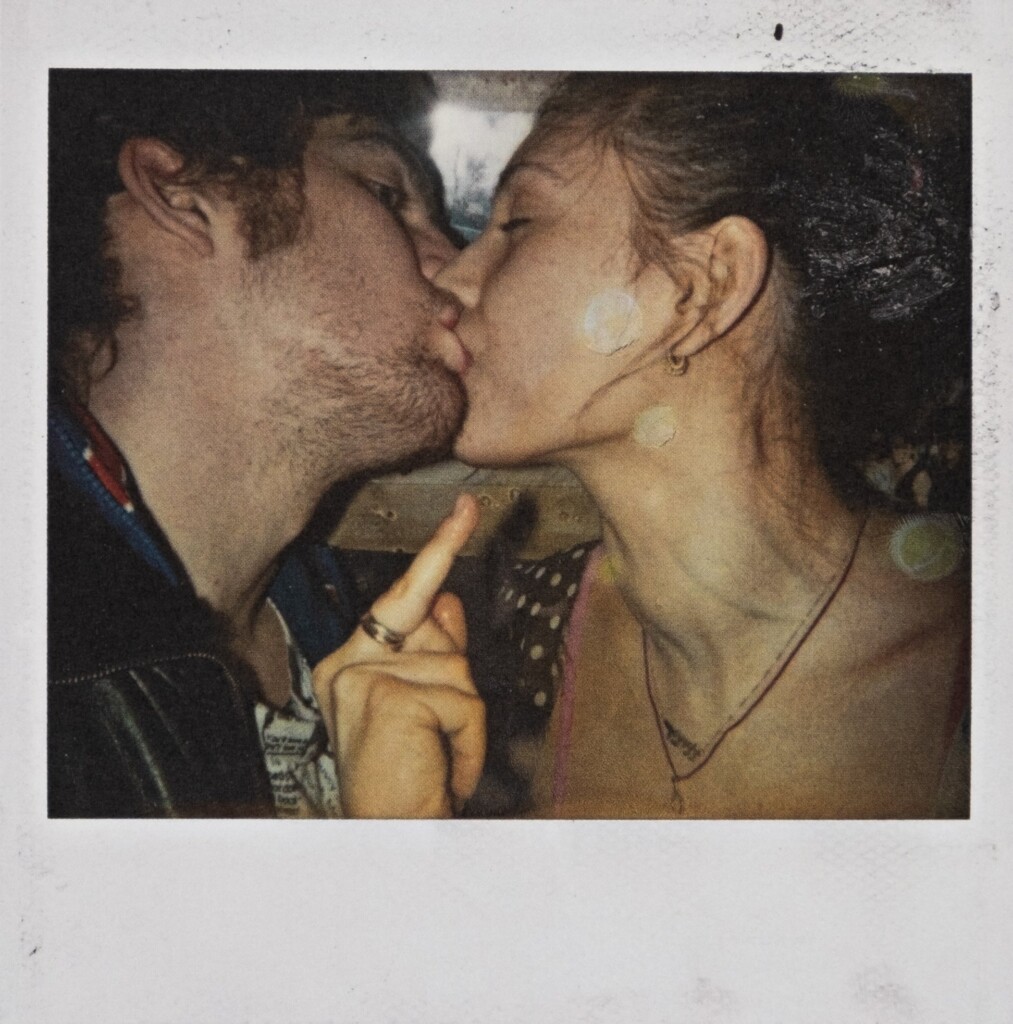
Dash Snow’s Artistic Style: Raw, Unfiltered, and Unapologetic
Dash Snow’s art is characterized by its unfiltered depiction of life’s rawness. His work often featured candid Polaroids, collages, graffiti, and installations that reflected his personal experiences. Snow’s Polaroids, in particular, are iconic. They captured fleeting moments of debauchery, intimacy, and chaos. His use of everyday materials and found objects to create collages spoke to his ability to turn the ordinary into the extraordinary. His art was not about perfection; it was about honesty, however brutal that honesty might have been.
In Dash Snow: I Love You, Stupid, readers get a front-row seat to his creative process. The book includes a wide array of his works, from his early graffiti days with the IRAK crew to his later, more introspective pieces that dealt with themes of loss, addiction, and existential dread. Snow’s work is a testament to the power of raw, unfiltered expression and the impact it can have on both the artist and the viewer.
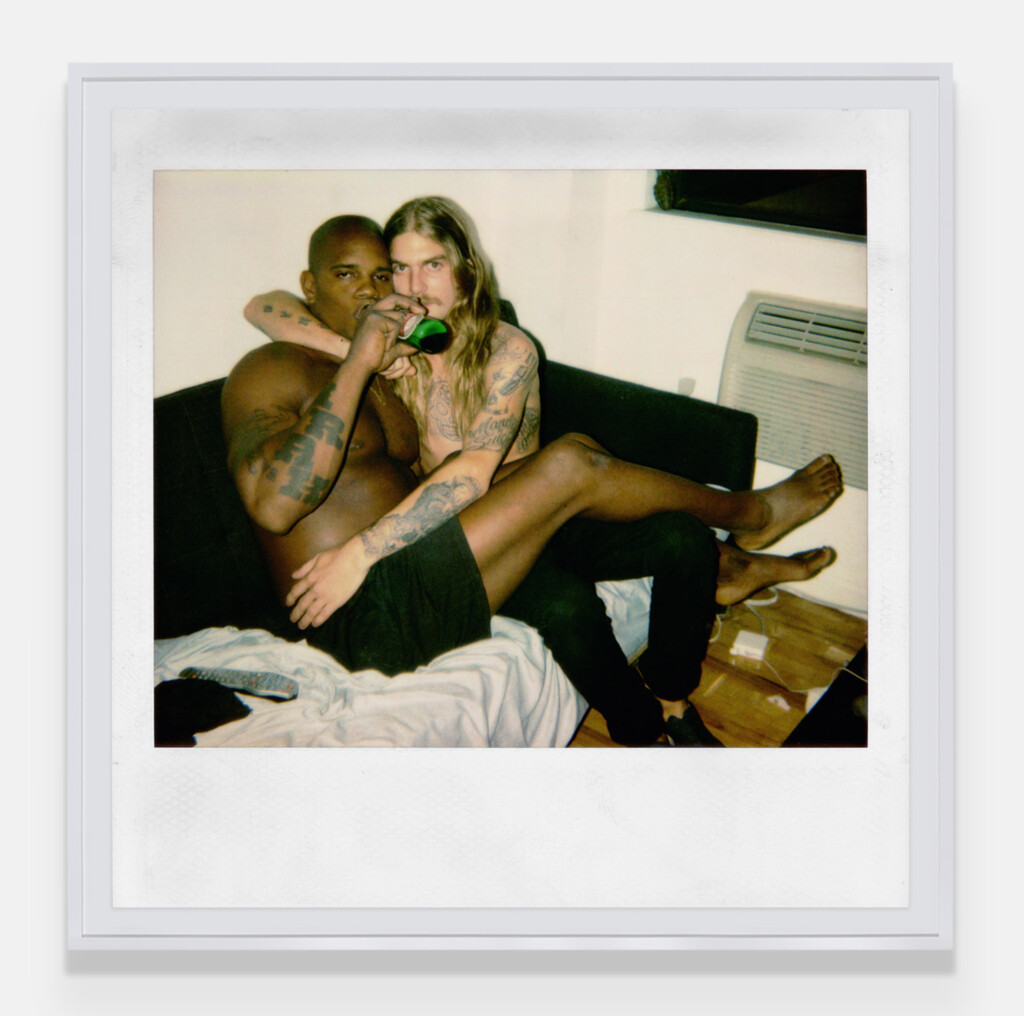
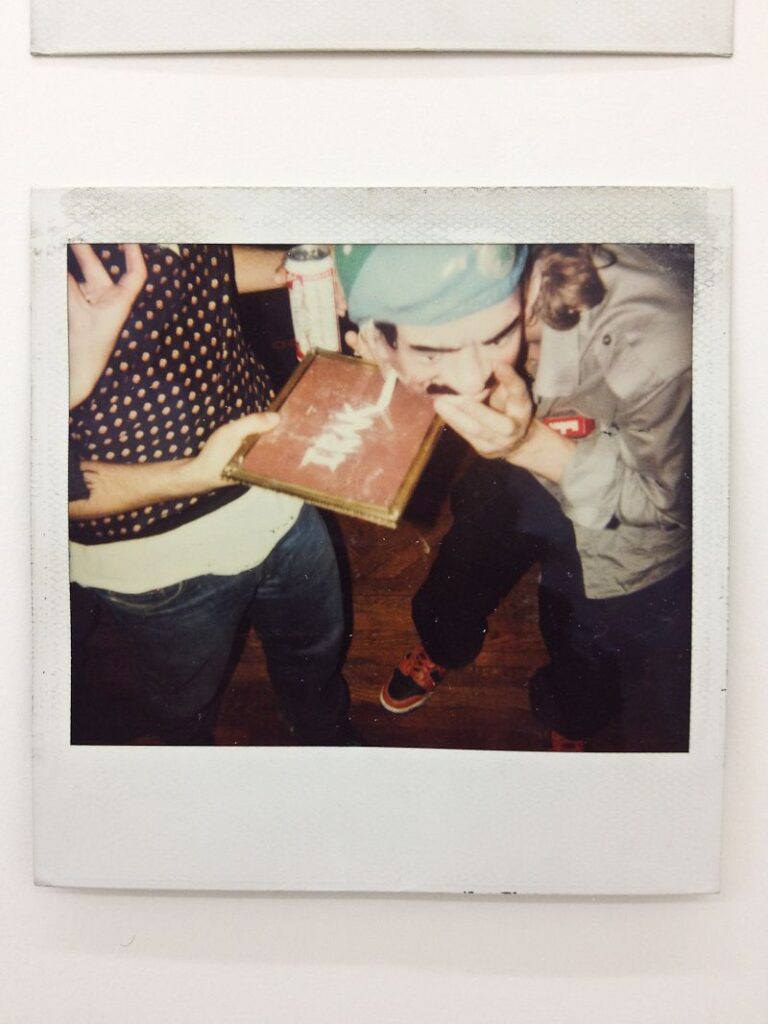
The Cultural Impact of Dash Snow
Dash Snow was more than an artist; he was a cultural icon of a generation that sought to break free from the norms and expectations of society. His work and his lifestyle embodied the ethos of rebellion against the mainstream. Snow’s influence extends beyond the art world; he became a symbol of the underground, a representation of New York’s gritty, no-holds-barred spirit.
The book Dash Snow: I Love You, Stupid captures this cultural impact beautifully. Through a collection of photographs, artworks, and personal writings, the book paints a vivid picture of a man who lived life on his own terms. The imagery is raw and unapologetic, much like Snow himself. The book reminds readers that art can be a form of living, and living itself can be an art.


A Testament to the Art of Living and Dying
One of the most compelling aspects of Dash Snow: I Love You, Stupid is how it addresses the idea of mortality and the fleeting nature of life. Dash Snow’s life was marked by moments of extreme highs and lows, and his art reflected this intensity. The book doesn’t shy away from showing the darker sides of his life—his struggles with addiction, his troubled relationships, and his eventual demise. It is this honesty that makes the book not just a celebration of his life, but also a poignant reminder of the fragility of existence.


Why Dash Snow: I Love You, Stupid is a Must-Read
For anyone interested in contemporary art, street culture, or the underground scene of early 2000s New York, Dash Snow: I Love You, Stupid is an essential read. The book goes beyond the surface of Dash Snow’s public persona and dives deep into his psyche. It is a profound exploration of an artist who lived and created without boundaries. The rawness of the book makes it more than just a collection of artworks; it is an experience—a journey through the chaotic, beautiful mess that was Dash Snow’s life.
Moreover, the book serves as a powerful reminder of the impact that an artist can have, even in a short span of time. Snow’s influence on street art, photography, and the counterculture movement continues to be felt today. His work challenged conventions, and his life challenged norms, making him a true artist in every sense of the word.
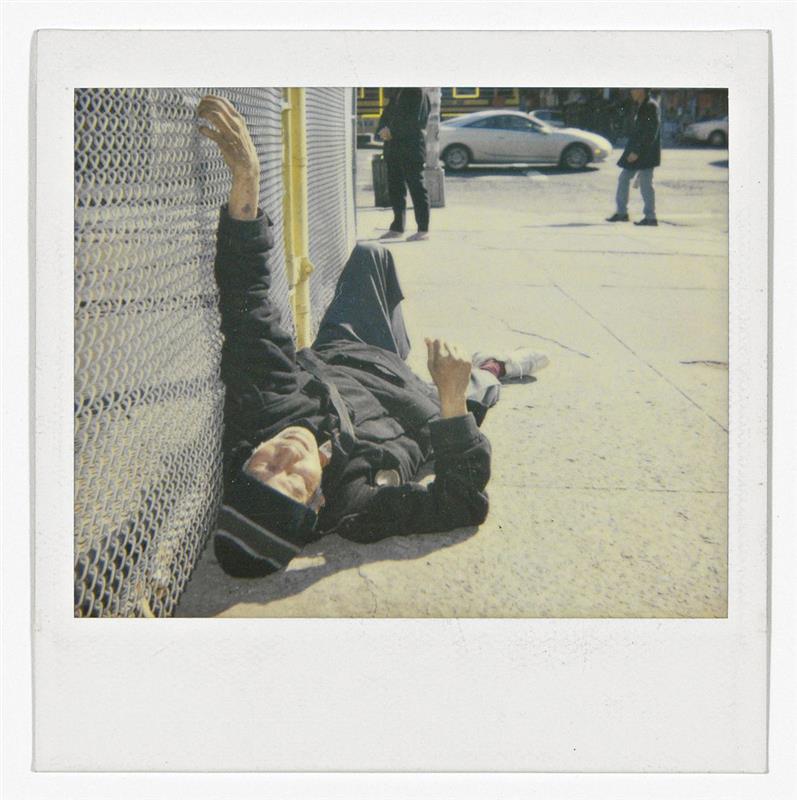

Conclusion
Dash Snow: I Love You, Stupid is more than just a tribute to an artist; it is a raw, unfiltered look at the life of a man who defied conventions and lived by his own rules. This book is an essential read for anyone looking to understand the essence of rebellion in art, the power of raw expression, and the legacy of a street legend who continues to inspire. Through its pages, readers are reminded that art is not just about creation—it is about living, feeling, and experiencing life to its fullest, even when it leads to an untimely end.





